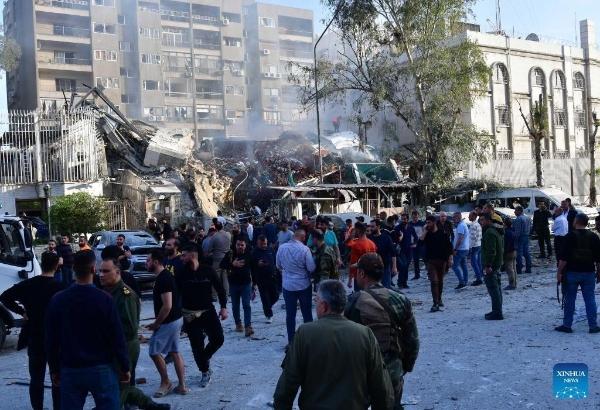Current location:International Impression news portal > business
Hockey business is booming as the NHL bounces back from the pandemic in a big way
International Impression news portal2024-04-17 03:43:16【business】9People have gathered around
IntroductionNEW YORK (AP) — Arenas are full, the NHL is a fixture on TV screens across North America, highlight-
NEW YORK (AP) — Arenas are full, the NHL is a fixture on TV screens across North America, highlight-reel goals are talking points on a near-daily basis and “The Pat McAfee Show” even has a segment called “Hockey is Awesome.”
Piece it all together, and more eyes are on the puck than ever before with the playoffs beginning this weekend.
Business is booming for the NHL, which has bounced back in a major way from the pandemic. Backstopped by new media rights deals, digital dasher boards and helmet and jersey ads, and buoyed by an overlap of generational stars, ratings are up, attendance set a record and revenue is at an all-time high — an estimated $6.2 billion annually.
“The league is going through a bit of a renaissance,” said Tom Gargiulo, chief marketing officer at Bodyarmor, whose deal to be the league’s sports drink is the latest sponsorship agreement inked in recent years. “This sport is moving into the next phase of its evolution and is on a tremendous trajectory.”
Address of this article:http://lydelajexeh.allesfuersjagen.com/brief-guide-to-geophysical-surveying-for-archaeology-book-20162iu.php
Very good!(952)
Related articles
- Beijing half marathon results under investigation after runners appear to hand win to Chinese star
- US China updates: Beijing sanctions Lockheed Martin, Raytheon for Taiwan sales
- Hainan island: Known as 'China's Hawaii,' the vacation hotspot is also a strategic military base
- Unexplained Tākaka death not suspicious
- China prepares to launch relay satellite Queqiao
- Politics updates: Follow updates for the latest on government targets
- Chinese warships sail around Japan as tensions rise ahead of G7 summit
- VOX POPULI: Like Nobita in ‘Doraemon,’ we should never give up on ourselves
- Beijing half marathon results under investigation after runners appear to hand win to Chinese star
- Thousands of Russians join Navalny
Popular articles
- Beijing half marathon results under investigation after runners appear to hand win to Chinese star
- Man almost loses leg to sepsis after cut to back of head with barber’s clippers
- VOX POPULI: Celebrating the arrival of spring the same way as in ‘Tale of Genji’
- China news: July exports tumble by double digits, adding to pressure to shore up flagging economy
Recommended

China's Tiandu satellites conduct Earth

China's 'core socialist values' daubed on a London wall inspire war of words

VOX POPULI: LDP lawmakers’ remarks about political funds create a paradox

VOX POPULI: LDP lawmakers’ remarks about political funds create a paradox

China condemns attack on Iranian embassy in Syria
Woman charged over Auckland hit

VOX POPULI: Use of honorifics complex at times and not always appropriate

VOX POPULI: Radiation lingers even 70 years after H
Links
- Experiencing traditional crafts at China International Fair for Trade in Services
- Xi to Attend BRICS Extraordinary Virtual Summit on Palestinian
- Special performance for artists with Plum Performance Award and Peony Award was held
- Cultural conference opens in Xinjiang
- Sunbeams from the north
- Xinjiang's RMB cross
- Ethnic minority students participated in a fun campus game to welcome the Asian Games
- Ethnic harmonies
- Xi's Speech at Welcome Dinner by U.S. Friendly Organizations Published
- Xi's Article on Farmland Protection to Be Published
